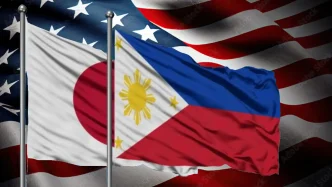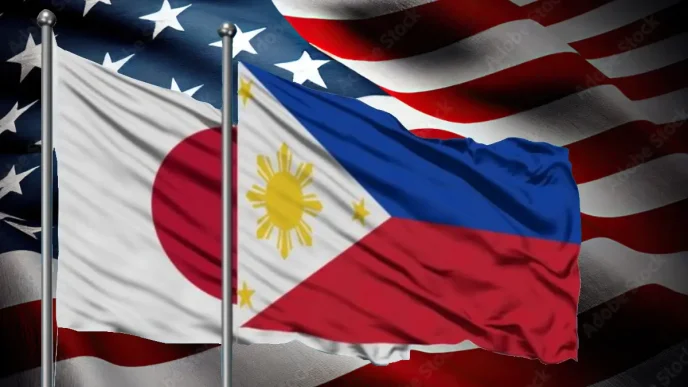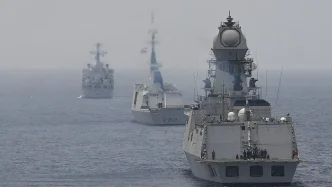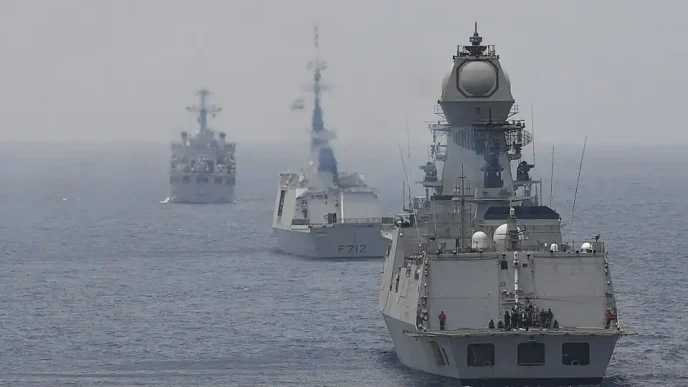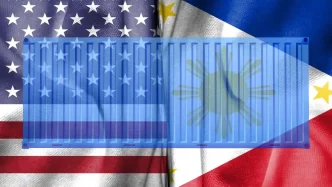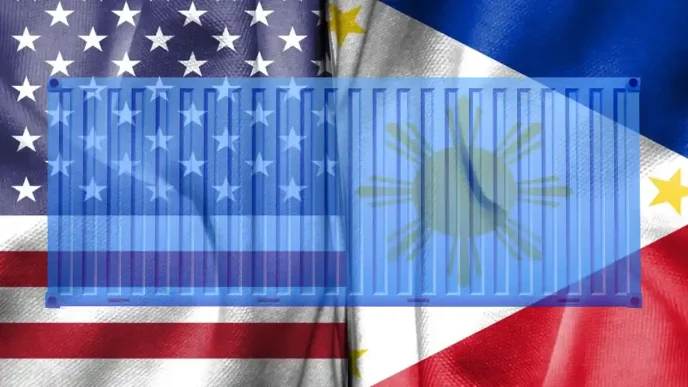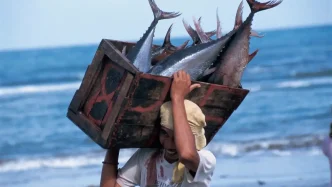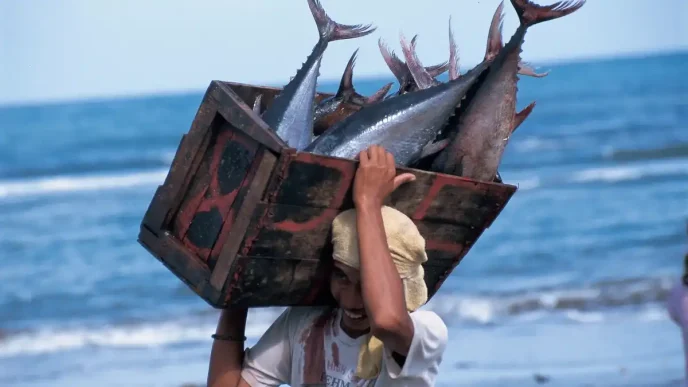In a swift and coordinated operation, the Malaysian Maritime Enforcement Agency (MMEA) rescued six Filipino nationals—five adults and one child—after their vessel sank near Sandakan port limits in Sabah, East Malaysia, on Sunday evening. The group, aged between 11 and 45, was handed over to Philippine authorities at the maritime border on Monday, marking another instance of cross-border cooperation in the region’s often perilous waters.
The incident unfolded when Sandakan Port Control and Taganak Port Control received distress reports at 7:30pm on 16 March. A Halilintar-class vessel was deployed immediately, reaching the scene by 9pm and successfully rescuing all six individuals. According to Maritime Captain Muhamad Suhairy Hussain, director of the Sandakan Maritime Zone, the survivors were brought to the Sandakan Maritime Zone Jetty by 11:30pm for medical treatment and further assistance.
“Following bilateral discussions, we coordinated with Philippine authorities, including the Coast Guard and the Municipal Disaster Risk Reduction and Management Office, to facilitate the handover,” Capt Suhairy said in a statement on Wednesday. The transfer took place at 10:30am on Monday at the Malaysia-Philippines maritime border, ensuring the safe return of the rescued individuals to their home country.
A Region of Risk and Rescue
The waters between Malaysia and the Philippines, particularly around Sabah and the Sulu Archipelago, are notorious for their hazards. Strong currents, unpredictable weather, and the prevalence of small, often overloaded vessels contribute to frequent maritime accidents. Many of those at risk are fishermen or migrant workers traveling between the two nations, often in search of better economic opportunities.
This rescue operation highlights the critical role of agencies like the MMEA in safeguarding lives in these shared waters. It also underscores the importance of bilateral cooperation, as Malaysia and the Philippines continue to navigate complex issues such as maritime security, illegal fishing, and human trafficking in the region. While this incident appears to be a straightforward accident, the broader context of cross-border movement often carries geopolitical undertones, with both nations working to balance security and humanitarian concerns.
Human Stories Amidst the Waves
Details about the rescued individuals remain limited, but their ages—ranging from 11 to 45—suggest a family or mixed group, likely reliant on the sea for their livelihood. The presence of a child among the survivors adds a poignant dimension to the story, reflecting the vulnerability of those who undertake such journeys. After receiving medical attention in Sandakan, their handover to Philippine authorities ensures they can now return to their communities, though the trauma of the ordeal may linger.
The efficiency of the operation, from rescue to repatriation, speaks to the preparedness of the MMEA and the strength of communication channels with Philippine counterparts. Yet, it also raises questions about the safety measures in place for those traversing these waters. While no information has been released about the cause of the sinking, such incidents often point to inadequate vessel maintenance or overloading—a persistent issue in the region.
Broader Implications for Maritime Safety
This rescue comes at a time when both Malaysia and the Philippines are intensifying efforts to improve maritime safety and combat illegal activities in their shared waters. The Sulu Sea, which lies between the two countries, has long been a hotspot for piracy and smuggling, prompting joint patrols and agreements under frameworks like the Trilateral Cooperative Arrangement, established in 2017 with Indonesia as a third partner.
While this particular case does not appear to involve criminal activity, it serves as a reminder of the everyday dangers faced by ordinary citizens in these waters. Improving safety standards for small vessels, enhancing weather forecasting, and increasing public awareness could help prevent similar incidents. However, such measures require funding and coordination, often a challenge in regions where resources are stretched thin.
For now, the safe return of the six Filipino nationals is a small but significant victory. It reflects the humanity at the heart of maritime operations, where borders blur in the face of shared challenges. As Capt Suhairy and his team return to their posts, their actions stand as a testament to the often unseen work of those guarding South East Asia’s seas.



